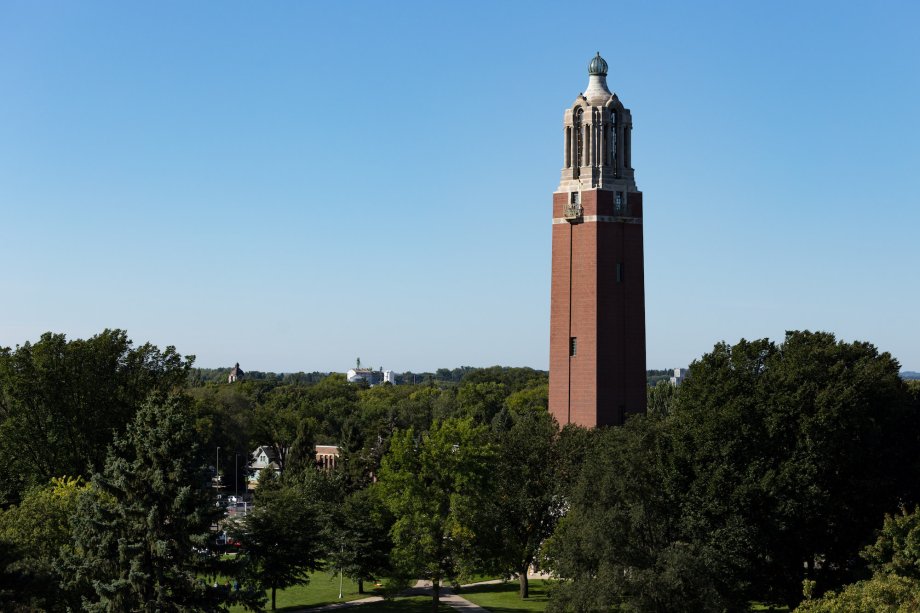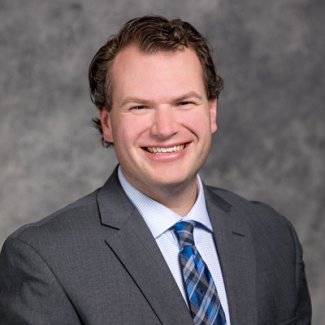
Cancer rates across the United States are falling, but in South Dakota, cancer remains the leading cause of death. What unique challenges does South Dakota have when it comes to cancer care that is causing the state to fall behind the rest of the country?
A new study from South Dakota State University attempts to answer this question by examining the perceived barriers to care from the viewpoints of health care professionals who work closely with cancer patients in South Dakota.
American Indians, other rural residents face many barriers
One of the major concerns from both health care providers and researchers is the disproportionate cancer mortality rates of Americans Indians in South Dakota. American Indians are twice as likely to die from cancer as American Indians in other states and have a 26% higher cancer mortality rate than white people living in South Dakota.

"These racial disparities have heightened over the past decade and are worse for American Indians living in rural and frontier South Dakota," said Brandon Varilek, assistant professor in SDSU's College of Nursing and the co-investigator on the project. "This is an indication that disparities in cancer care intersect culture and geography."
People living in rural and frontier areas — both American Indians and other population groups — are often plagued by poverty, under-resourced health care facilities and a lack of primary and specialty health care professionals, Varilek points out.
"These factors all contribute to the grievous inequities present in cancer outcomes," Varilek said.
To assess the barriers of cancer care, the research team interviewed 18 health care professionals who work closely with American Indians, frontier and rural populations. Through interviews and analysis, they were able to determine three distinct themes that constitute as barriers and challenges for those with cancer: access, time and isolation.
"The themes represent the health care professionals’ perspectives of the needs and barriers of people with cancer to whom they provide cancer care," Varilek said. "These themes also reflect the barriers health care professionals experience while providing care."
Access, time and isolation
People living in rural areas have less access to health care facilities and resources than those living in urban areas. The researchers point out that decision-making by people with cancer can be influenced by the lack of access.
"Distance is a significant barrier to accessing cancer care in the area," Varilek said. "People with cancer must travel 30-150 miles or more one way for care, which requires good weather, a reliable vehicle, financial means and a person to give them a ride if needed."
This is a significant barrier for all rural and frontier population groups, heightened by a lack of public transportation that can move people long distances.
"Over half of the South Dakota population resides in rural and frontier areas where people with cancer lack access to high quality cancer care, resulting in poorer survival outcomes," Varilek said. "Access is tremendously impacted by the rurality of the state."
Other barriers include a lack of reliable technology, particularly smart phones and internet service, as well as hospice and at-home care. The rural nature of the area limits the reach of these services.
"Lack of internet access is notably worse on tribal lands," Varilek said. "The profound lack of technological resources is another noteworthy barrier affecting this rural population."
The health care professionals reported that time was a challenge due to the amount needed to make informed decisions on patients’ treatment. Additional time is often needed due to the pure shock of being diagnosed with cancer.
On the flip side, another health care professional noted that because rural patients are so far away from cancer treatment centers, they may have additional time to make treatment decisions, which may or may not include palliative care — a type of specialized medical care for people living with serious illnesses, like cancer.
The numerous access issues lead to a population that is isolated, Varilek noted. The health care professionals identified this as the greatest challenge for people diagnosed with cancer in rural areas. Geographic isolation plays a significant role, but so does social isolation, as people are often far away from friends and family.
Need for palliative care services
As Varilek notes, an early palliative care intervention for the American Indian, rural and frontier populations in South Dakota could address the needs and help overcome the barriers to receiving cancer treatments. Currently, most of the state does not have nearby access to palliative care services as they are located in the urban areas on opposite sides of the state (Sioux Falls and Rapid City).
Varilek, along with along with the project's primary investigator Sarah Mollman, associate dean for research in the college, both hold certificates in palliative care and hospice nursing and have focused a majority of their past research on improving palliative care in South Dakota. This study represents the first step in bringing palliative care interventions to more South Dakotans.
"This study provides preliminary evidence for the need and strong multidisciplinary support for an early palliative care intervention in rural and frontier South Dakota," Varilek said. "This study is in the initial step to develop the first culturally responsive, nurse-led, early palliative care intervention for American Indians, rural and frontier people with advanced cancer in South Dakota."
Funding for this work was provided in part by the Rita and Alex Hillman Foundation, the Arthur Vining Davis Foundations (Hillman Emergent Innovation: Serious Illness and End of Life Award) and the SDSU Research, Scholarship and Creative Activity Challenge Fund.
The study, titled "Healthcare professionals' perspectives of barriers to cancer care delivery for American Indian, rural and frontier populations," was published in the academic journal PEC Innovation.
- Contact:
- Telephone number: 605-688-6161
Republishing
You may republish SDSU News Center articles for free, online or in print. Questions? Contact us at sdsu.news@sdstate.edu or 605-688-6161.

